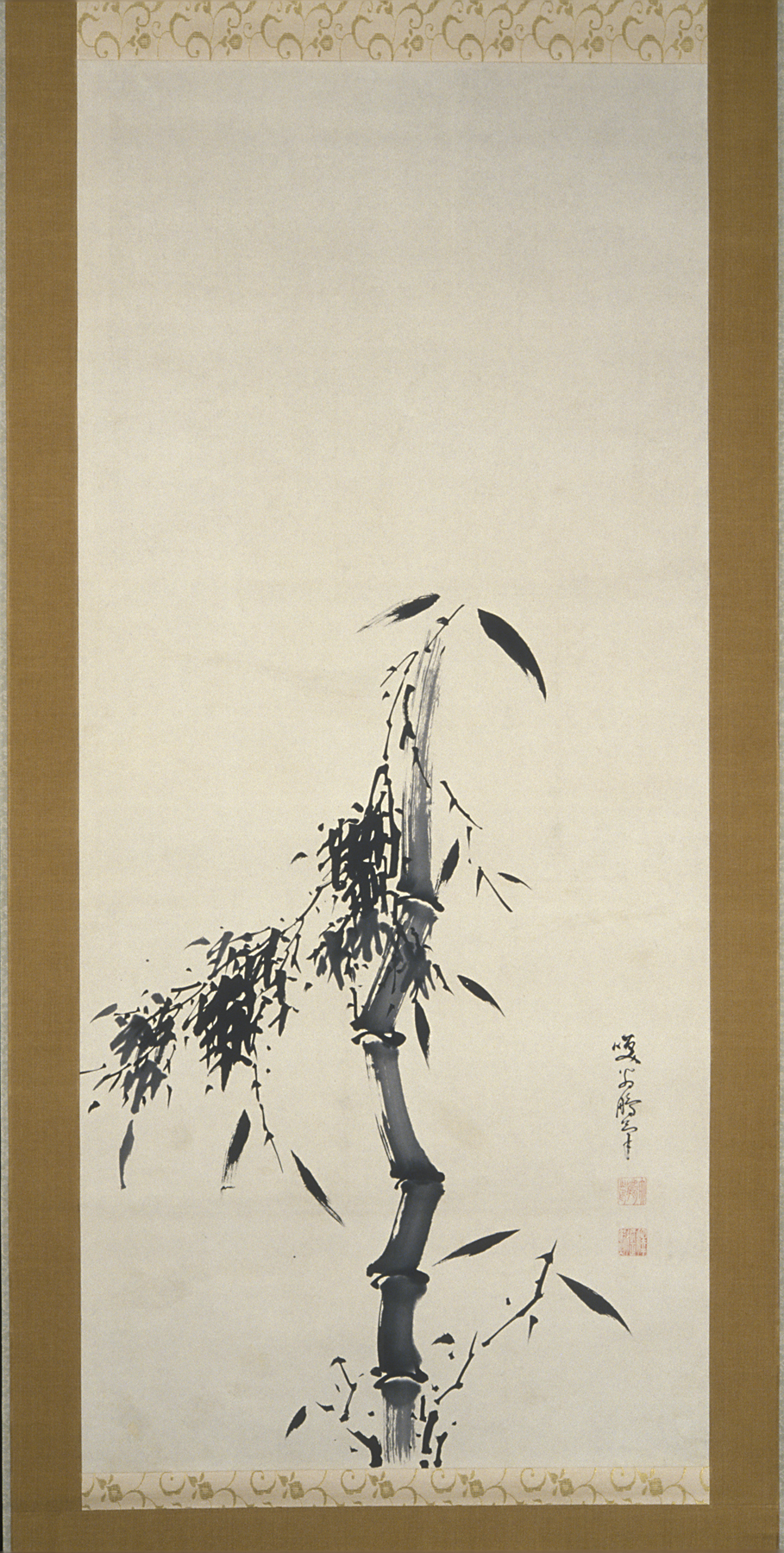Bamboo, Dapeng
Artwork Overview
Dapeng, artist
1691–1774
Bamboo,
1700s
Where object was made: Japan
Material/technique: paper; ink
Dimensions:
Image Dimensions Height/Width (Height x Width): 133.5 x 59.6 cm
Image Dimensions Height/Width (Height x Width): 52 9/16 x 23 7/16 in
Mount Dimensions (Height x Width x Depth): 212.7 x 74.6 cm
Mount Dimensions (Height x Width x Depth): 83 3/4 x 29 3/8 in
Roller Dimensions (Width x Diameter): 32 1/2 in
Image Dimensions Height/Width (Height x Width): 133.5 x 59.6 cm
Image Dimensions Height/Width (Height x Width): 52 9/16 x 23 7/16 in
Mount Dimensions (Height x Width x Depth): 212.7 x 74.6 cm
Mount Dimensions (Height x Width x Depth): 83 3/4 x 29 3/8 in
Roller Dimensions (Width x Diameter): 32 1/2 in
Credit line: Gift of Mr. and Mrs. Mitchell Hutchinson
Accession number: 1987.0301
Not on display
If you wish to reproduce this image, please submit an image request

